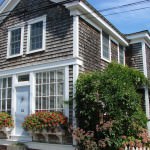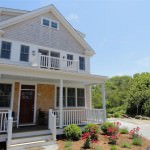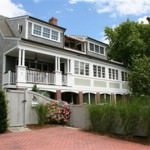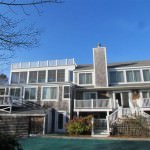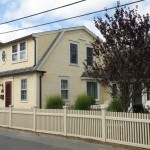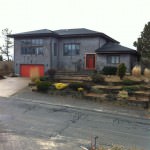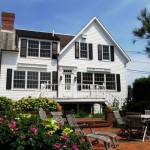Mass. home prices jump 14%
By Jenifer B. McKim
MAY 29, 2013
The median price for single-family homes in Massachusetts rose to $313,000 in April, a near 14 percent increase compared to the same time last year as increased buyer demand and a tight housing inventory pushed up home values, new data released Wednesday shows.
April marked the seventh month in a row of rising home prices, according to the Warren Group, a Boston company that tracks local real estate. Between January and April, the median selling price climbed to $294,000, an 11 percent jump compared to the same time last year, according to Warren.
The steep price increase comes as home sales decline. Single-family home sales dropped to 3,504 in April, about 1 percent less than the same time in 2012.
”There is high demand and low inventory this spring, which is causing this pattern of rising prices and dropping sales volume,” said Timothy M. Warren Jr., chief executive of The Warren Group. “Low mortgage rates and steady home values are helping buoy consumer confidence.”
Tight inventory, however, did not hinder sales of condominiums, which climbed more than 8 percent in April compared to the same time last year, the Warren Group reported. Median prices for condos rose to $280,000, a near 1 percent jump compared to April, 2012.
Housing specialists worry that if more sellers don’t come to the table, the housing market could sputter. Inventory of single-family homes in April fell 27.1 percent compared to the same time last year, according to the Massachusetts Association of Realtors, which also released data Wednesday. The number of condos for sale fell 32.4 percent last month, compared to the same time last year.
Providing some relief, new listings for both condos and single-family homes rose in the double digits in April.
“With home prices improving, sellers are finally gaining the confidence they need to list their home,” said association president Kimberly Allard-Moccia, owner of Century 21 Professionals in Braintree. “This should help move us closer to a more balanced market.”





